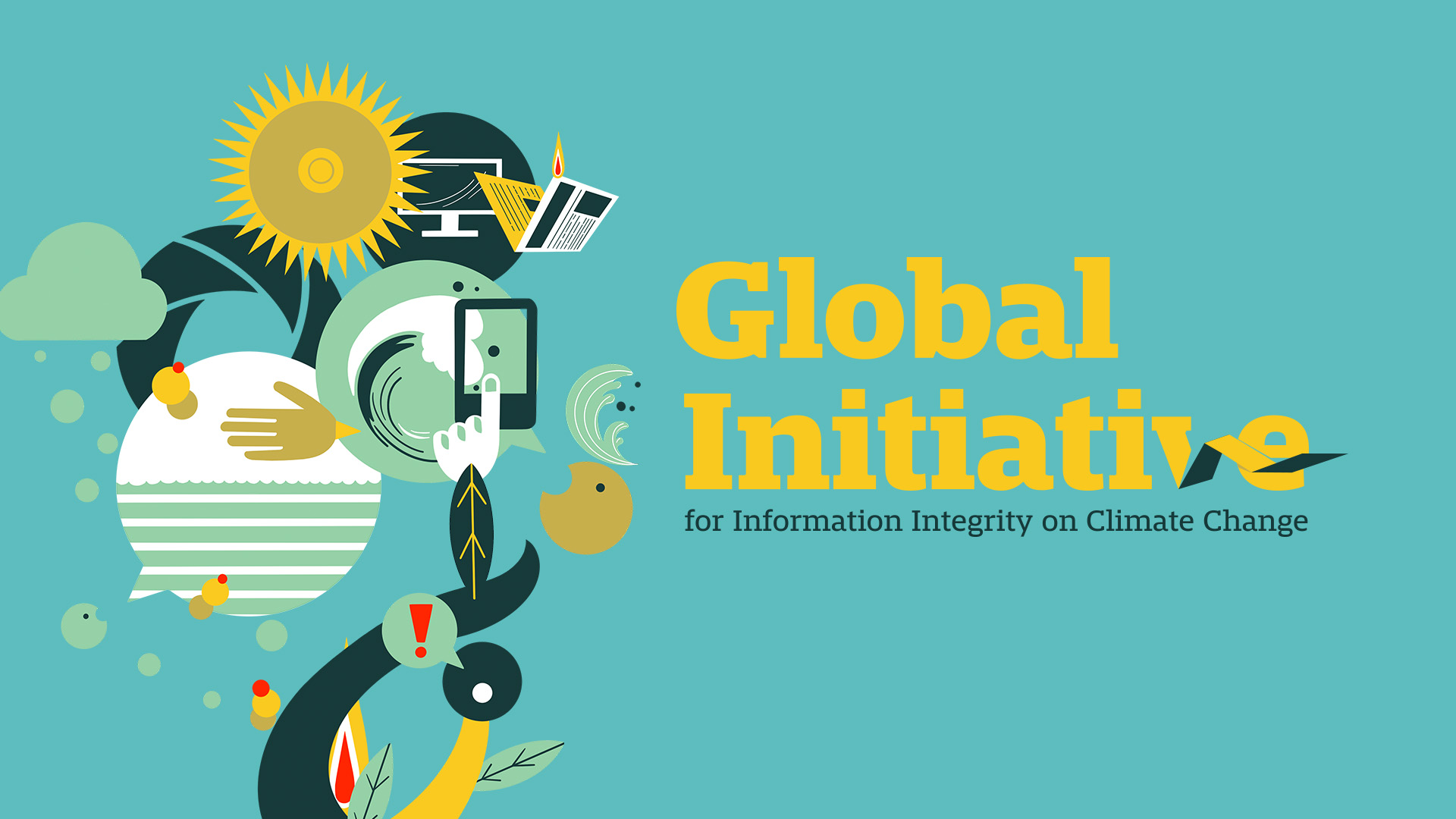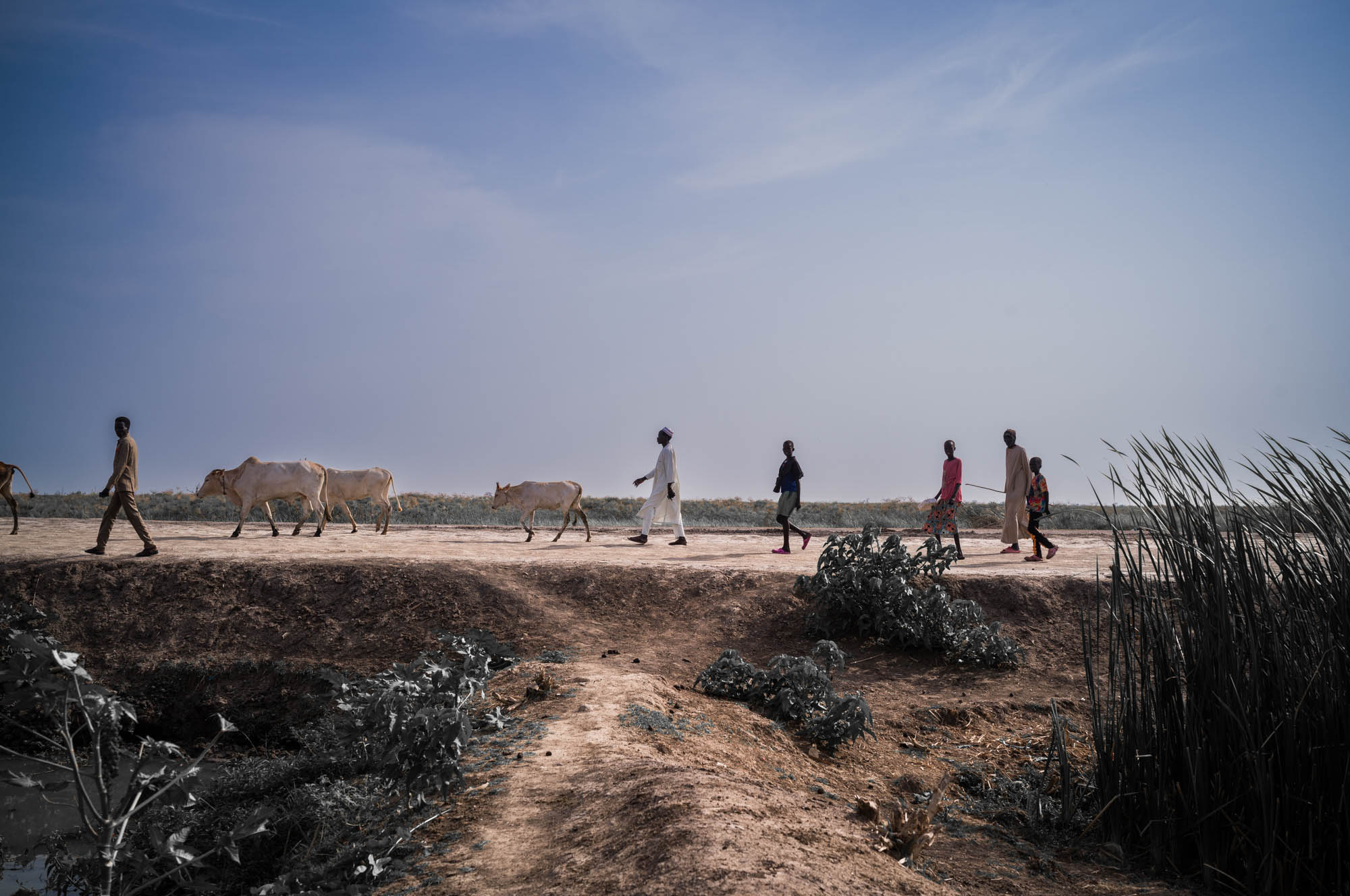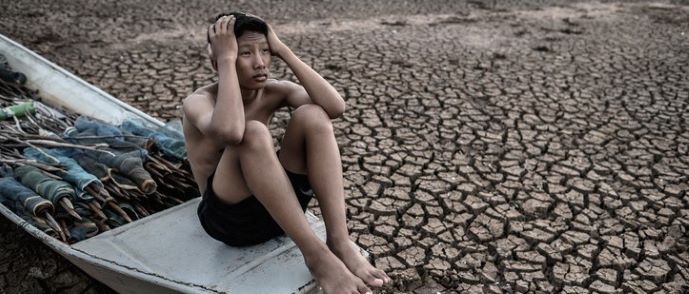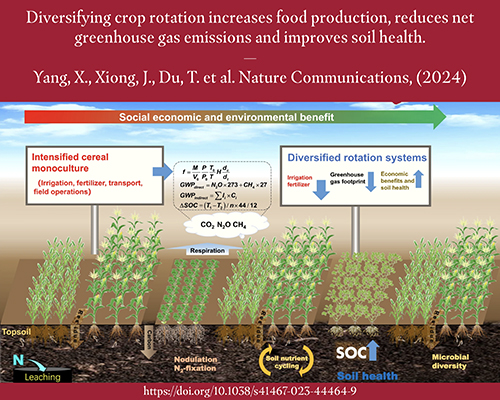Report on the Misalignment of International Climate Finance with Sustainable Development Goals
Executive Summary
International climate finance mechanisms, despite achieving headline funding targets, are systematically failing to support the world’s most vulnerable nations. The current architecture prioritizes administrative capacity and “bankability” over demonstrated climate vulnerability, creating a paradox where nations most in need, such as Mozambique, are excluded from essential resources. This systemic failure directly undermines the achievement of multiple Sustainable Development Goals (SDGs), particularly SDG 13 (Climate Action), SDG 1 (No Poverty), SDG 2 (Zero Hunger), and SDG 10 (Reduced Inequalities). A fundamental restructuring of the financial architecture is required to prioritize vulnerability and integrate capacity building, thereby aligning climate action with its intended purpose of protecting those on the front lines of the climate crisis.
The Disconnect Between Climate Finance and SDG 13 (Climate Action)
Systemic Flaws in Financial Allocation
The framework for international climate finance operates in opposition to the principles of climate justice and the objectives of SDG 13. While developed nations met a USD 115.9 billion climate finance mobilization target in 2022, the distribution of these funds reveals a critical misalignment with global sustainability targets.
- Exclusion of Vulnerable Nations: Less than 10 percent of climate finance reaches the countries most vulnerable to climate change, which have contributed the least to the crisis.
- Focus on Institutional Capacity: The majority of funds are directed toward middle-income countries with established institutional and administrative sophistication, leaving Least Developed Countries (LDCs) with disproportionately small shares.
- The “Bankability” Barrier: Access to funding is conditioned on the ability to produce elaborate feasibility studies, risk assessments, and financial projections—requirements that presuppose the very institutional capacity that underdevelopment has denied these nations.
Impact on Interconnected Sustainable Development Goals
Undermining SDG 1 (No Poverty) and SDG 2 (Zero Hunger)
The shortcomings of the climate finance system have severe consequences for human development, directly threatening progress on SDG 1 and SDG 2. In Mozambique, the inability to secure adaptation funding exacerbates poverty and food insecurity.
- Agricultural Collapse: The nation’s rain-fed agriculture, which supports over 80 percent of the population, faces devastation from erratic rainfall, prolonged droughts, and intensifying cyclones that destroy crops and contaminate water sources.
- Increased Poverty: The World Bank projects that the impacts of climate change will push an additional 1.6 million Mozambicans into poverty by 2050, a direct setback for SDG 1.5, which aims to build the resilience of the poor to climate-related events.
- Food Insecurity: The combination of crop failure, soil degradation, and increased pest pressures threatens the livelihoods of small-scale farmers and jeopardizes national food security, conflicting with the aims of SDG 2.
Erosion of Community Safety (SDG 11) and Increased Inequality (SDG 10)
The failure to fund adaptation measures translates into tangible human costs and widens global disparities, undermining SDG 11 (Sustainable Cities and Communities) and SDG 10 (Reduced Inequalities).
- Humanitarian Crises: Recent cyclones in Mozambique have resulted in over 500 deaths and the displacement of half a million people, demonstrating a failure to meet SDG 11.5 (reduce deaths and economic losses from disasters).
- Systemic Inequality: The current financial regime penalizes nations for their lack of resources, creating an absurd cycle where those confronting existential threats are denied aid. This perpetuates the inequality between high-emitting, wealthy nations and low-emitting, vulnerable ones, contrary to the spirit of SDG 10.
- Mitigation vs. Adaptation: A predominant focus on quantifiable mitigation projects (e.g., carbon credits) over concrete adaptation measures (e.g., seawalls, flood defenses) leaves vulnerable communities exposed to immediate and catastrophic climate impacts.
Recommendations for Realigning Climate Finance with the SDGs
A Call for Structural Reform to Uphold SDG 17 (Partnerships for the Goals)
To ensure climate finance serves as a meaningful tool for sustainable development, the international community must reform the global financial architecture. This requires strengthening global partnerships under SDG 17 by prioritizing equity and effectiveness.
- Prioritize Vulnerability Assessment: The primary criterion for allocating climate finance must shift from administrative capability to scientifically assessed climate vulnerability. This ensures resources are directed to where they are most needed, in line with SDG 13.
- Establish Fast-Track Mechanisms: Simplified, accessible funding channels must be created for highly vulnerable countries, acknowledging their institutional constraints and urgent need for adaptation resources.
- Integrate Capacity Building: Capacity building should be treated as an integral component and outcome of climate finance interventions, not a prerequisite for accessing them. This approach treats institutional development and climate protection as mutually reinforcing goals, strengthening the partnership model of SDG 17.
Analysis of the Article in Relation to Sustainable Development Goals (SDGs)
1. Which SDGs are addressed or connected to the issues highlighted in the article?
-
SDG 1: No Poverty
The article directly connects climate change impacts to increasing poverty, stating that the World Bank projects “climate change will push an additional 1.6 million Mozambicans into poverty by 2050.” It discusses how the destruction of livelihoods, particularly in agriculture, exacerbates poverty in vulnerable communities. -
SDG 2: Zero Hunger
The article highlights the severe threat to food security in Mozambique. It explains that the nation’s “rain-fed agriculture, feeding over 80 percent of the population, will be devastated” by droughts and cyclones, leading to the collapse of agricultural systems and threatening the livelihoods of small-scale farmers. -
SDG 10: Reduced Inequalities
A central theme of the article is the inequality in the international climate finance system. It points out the disparity where “wealthy industrialized nations that traded the health of our planet for a GDP boost remain largely shielded,” while vulnerable nations like Mozambique face “existential threats.” The article criticizes a system where “less than 10 percent of climate finance reaches the countries most vulnerable to climate change.” -
SDG 11: Sustainable Cities and Communities
The article discusses the direct impact of climate disasters on communities, noting that recent cyclones have “displaced half a million across the region.” It also emphasizes the need for protective infrastructure, such as “concrete seawalls” and “flood defenses,” to make communities more resilient to climate-related hazards like cyclones. -
SDG 13: Climate Action
This is the primary focus of the article. It critiques the effectiveness of “international climate finance,” discusses the need for both mitigation and adaptation measures, and highlights the devastating impacts of climate change, such as the “endless barrage of cyclones” in Mozambique. The entire text is a call for more effective and equitable climate action. -
SDG 17: Partnerships for the Goals
The article analyzes the failure of the global partnership on climate finance. It mentions the “USD 100 billion climate finance commitment” by developed countries but argues that the mechanism for its distribution is flawed. It calls for a “fundamental restructuring of the international climate financial architecture” to create a more effective and equitable partnership.
2. What specific targets under those SDGs can be identified based on the article’s content?
-
Target 1.5: By 2030, build the resilience of the poor and those in vulnerable situations and reduce their exposure and vulnerability to climate-related extreme events and other economic, social and environmental shocks and disasters.
The article’s focus on Mozambique’s vulnerability to cyclones and droughts, the displacement of its people, and the need for adaptation measures directly relates to building resilience for the poor against climate-related disasters. -
Target 2.4: By 2030, ensure sustainable food production systems and implement resilient agricultural practices that increase productivity and production, that help maintain ecosystems, that strengthen capacity for adaptation to climate change, extreme weather, drought, flooding and other disasters.
The article describes how Mozambique’s agriculture is devastated by “rising temperatures and erratic rainfall” and mentions the need for “drought-resistant agricultural systems” and seeds, which are key components of this target. -
Target 13.1: Strengthen resilience and adaptive capacity to climate-related hazards and natural disasters in all countries.
This target is central to the article’s argument. The call for “immediate investments in flood defenses and drought-resistant agricultural systems” and “concrete seawalls” in Mozambique is a direct appeal to strengthen adaptive capacity to climate hazards. -
Target 13.a: Implement the commitment undertaken by developed-country parties to the United Nations Framework Convention on Climate Change to a goal of mobilizing jointly $100 billion annually.
The article explicitly references this commitment, stating that in 2022, “developed countries materially surpassed their USD 100 billion climate finance commitment,” but questions the effectiveness and equity of its distribution. -
Target 13.b: Promote mechanisms for raising capacity for effective climate change-related planning and management in least developed countries.
The article critiques the current system where institutional capacity is a prerequisite for funding and argues that “Capacity building must be reconceptualized as integral to climate finance rather than a prerequisite for accessing it,” which directly aligns with this target. -
Target 17.9: Enhance international support for implementing effective and targeted capacity-building in developing countries to support national plans to implement all the Sustainable Development Goals.
The article’s call to restructure climate finance to treat “capacity building as both a means and an end of climate interventions” is a direct reflection of the goal of this target.
3. Are there any indicators mentioned or implied in the article that can be used to measure progress towards the identified targets?
- Indicator for Target 13.a: The article provides a direct figure related to Indicator 13.a.1 (Amounts provided and mobilized in United States dollars per year in relation to the…$100 billion commitment). It states, “Of the USD 115.9 billion in climate finance mobilized in 2022…”
- Indicator for Target 10/13 (Equity of Finance): A key indicator of the system’s failure is explicitly mentioned: “less than 10 percent of climate finance reaches the countries most vulnerable to climate change.” This serves as a metric for the inequitable distribution of funds.
- Indicator for Target 1.5 / 11.5 / 13.1: The article provides data that aligns with Indicator 1.5.1 / 13.1.1 (Number of deaths, missing persons and directly affected persons attributed to disasters). It reports that “Cyclone Idai’s 2019 assault claimed over 600 lives, while recent cyclones have killed 500 people and displaced half a million across the region.”
- Indicator for Target 1.5 (Poverty Impact): The article implies a direct indicator for measuring the economic impact of climate change on poverty by citing the World Bank projection that “climate change will push an additional 1.6 million Mozambicans into poverty by 2050.”
- Indicator for Target 2 (Food Security): An implied indicator for food security is the percentage of the population dependent on vulnerable agriculture. The article states that Mozambique’s “rain-fed agriculture, feeding over 80 percent of the population, will be devastated,” highlighting the scale of the population at risk of hunger.
4. Table of SDGs, Targets, and Indicators
| SDGs | Targets | Indicators Identified in the Article |
|---|---|---|
| SDG 1: No Poverty | 1.5: Build resilience of the poor and reduce their vulnerability to climate-related extreme events. | Projection that climate change will push an additional 1.6 million Mozambicans into poverty by 2050. |
| SDG 2: Zero Hunger | 2.4: Ensure sustainable food production systems and implement resilient agricultural practices. | The fact that rain-fed agriculture, which feeds over 80% of the population, is threatened by devastation. |
| SDG 10: Reduced Inequalities | Relates to equitable distribution of development finance. | “less than 10 percent of climate finance reaches the countries most vulnerable to climate change.” |
| SDG 11: Sustainable Cities and Communities / SDG 13: Climate Action | 11.5 / 13.1: Reduce the number of deaths and people affected by disasters; Strengthen resilience and adaptive capacity. | “Cyclone Idai’s 2019 assault claimed over 600 lives, while recent cyclones have killed 500 people and displaced half a million across the region.” |
| SDG 13: Climate Action | 13.a: Implement the commitment to mobilize $100 billion annually for climate action. | “USD 115.9 billion in climate finance mobilized in 2022,” surpassing the $100 billion commitment. |
| SDG 13: Climate Action / SDG 17: Partnerships for the Goals | 13.b / 17.9: Promote mechanisms for capacity-building in least developed countries. | The critique that the system requires “administrative sophistication” and “institutional capacity” as a prerequisite, rather than an outcome, of funding. |
Source: africasacountry.com







